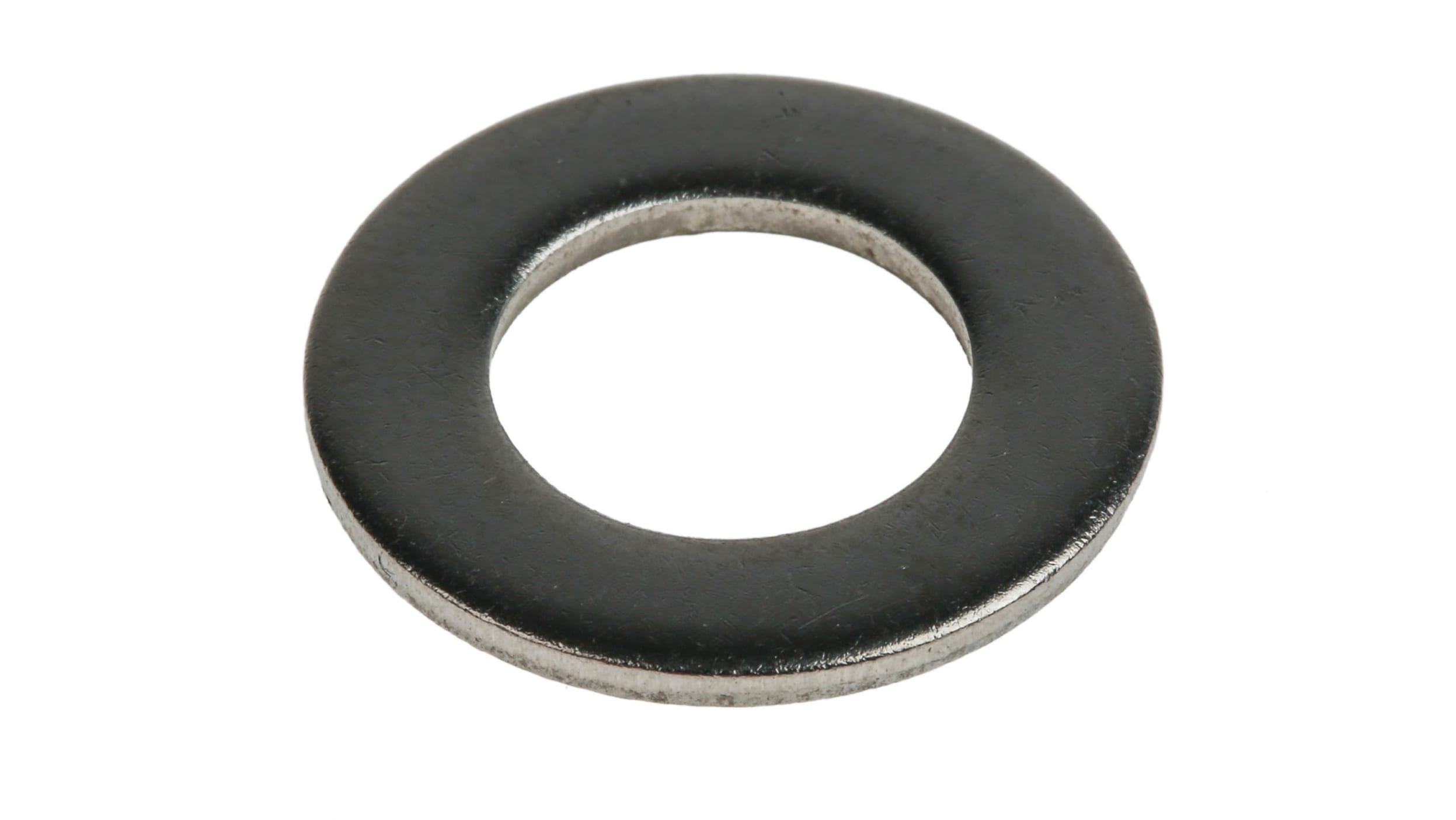
Washer and dryer sets are essential for modern living, but how much do you really know about them? From their humble beginnings to the high-tech marvels we use today, these appliances have a fascinating history and some surprising features. Did you know that the first electric washing machine was invented in 1908? Or that some dryers now come with Wi-Fi connectivity? Whether you're a laundry enthusiast or just someone who wants to get the chore done quickly, these 26 facts will give you a new appreciation for your washer and dryer. Let's dive in and uncover some interesting tidbits about these household heroes!
Key Takeaways:
- Washing machines have come a long way since the hand-crank days, with fun features like steam cleaning and smartphone control. They're also becoming more eco-friendly, using less water and energy.
- The history of washing machines is full of interesting facts, from the first electric model in 1908 to the modern sensors that adjust water levels. It's amazing how far they've come!
The Basics of Washing Machines
Washing machines have become an essential part of modern life. They save time, energy, and effort, making laundry day less of a chore. Here are some interesting facts about these household heroes.
-
The first electric washing machine was invented in 1908 by Alva J. Fisher. Named the "Thor," it revolutionized laundry by automating the washing process.
-
Early washing machines were manual and required a lot of physical effort. People had to use a hand-crank to agitate the clothes.
-
Modern washing machines use about 40 gallons of water per load, but high-efficiency models use as little as 15 gallons.
-
The average lifespan of a washing machine is about 10 years. Regular maintenance can extend this period.
-
Front-loading washing machines are generally more water and energy-efficient than top-loading models.
How Washing Machines Work
Understanding how washing machines operate can help you use them more effectively and troubleshoot issues.
-
Washing machines have three main cycles: wash, rinse, and spin. Each cycle serves a specific purpose in cleaning clothes.
-
The agitator in a top-loading washing machine helps to move clothes around, ensuring they get thoroughly cleaned.
-
Front-loading machines use a tumbling action to clean clothes, which is gentler on fabrics.
-
Most washing machines have a built-in heater to regulate water temperature, which helps in removing tough stains.
-
The spin cycle extracts water from clothes by spinning them at high speeds, reducing drying time.
Fun and Unusual Facts
Washing machines have some quirky and lesser-known aspects that might surprise you.
-
Some washing machines come with a steam function, which helps to sanitize clothes and remove wrinkles.
-
There are portable washing machines available for people who live in small spaces or travel frequently.
-
Smart washing machines can be controlled via smartphone apps, allowing users to start or stop a cycle remotely.
-
In Japan, some washing machines have built-in dryers, making them a two-in-one appliance.
-
The largest washing machine in the world can wash up to 100 pounds of laundry in one go.
Environmental Impact
Washing machines have a significant impact on the environment, but there are ways to minimize this.
-
High-efficiency washing machines use less water and energy, making them more eco-friendly.
-
Using cold water for washing can save energy and reduce your carbon footprint.
-
Some washing machines have eco-cycles that use less water and energy while still cleaning effectively.
-
Properly loading your washing machine can improve its efficiency and reduce water and energy consumption.
-
Regular maintenance, like cleaning the lint filter and checking hoses, can keep your washing machine running efficiently.
Historical Tidbits
The history of washing machines is filled with interesting developments and milestones.
-
Before washing machines, people used washboards and tubs to clean their clothes manually.
-
The first automatic washing machine was introduced in 1937 by Bendix Home Appliances.
-
During World War II, washing machine production was halted to conserve metal for the war effort.
-
The 1950s saw the introduction of the first top-loading washing machines, which became very popular in the United States.
-
In the 1970s, washing machines with electronic controls and multiple wash cycles became available, offering more convenience and flexibility.
Modern Innovations
Today's washing machines come with a host of advanced features that make laundry easier and more efficient.
- Some modern washing machines have sensors that detect the size of the load and adjust the water level accordingly, saving water and energy.
The Final Spin
Washers and dryers have come a long way from their humble beginnings. From the first hand-cranked machines to today's smart appliances, these household heroes save us time and effort. Knowing a bit about their history, how they work, and some fun facts can make laundry day a bit more interesting.
Remember, regular maintenance can extend the life of your machines. Clean the lint trap, check hoses, and don't overload them. These simple steps can prevent costly repairs.
Next time you toss in a load, think about the journey these appliances have taken to make our lives easier. Whether you're a laundry pro or just getting started, understanding your washer and dryer can help you get the most out of them. Happy washing!
Frequently Asked Questions
Was this page helpful?
Our commitment to delivering trustworthy and engaging content is at the heart of what we do. Each fact on our site is contributed by real users like you, bringing a wealth of diverse insights and information. To ensure the highest standards of accuracy and reliability, our dedicated editors meticulously review each submission. This process guarantees that the facts we share are not only fascinating but also credible. Trust in our commitment to quality and authenticity as you explore and learn with us.
